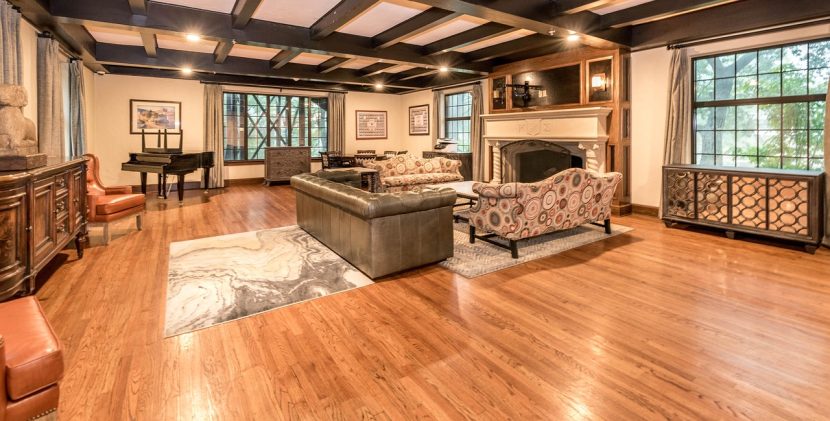Garden rooms have become increasingly popular as homeowners seek additional living space without the complexity of traditional home extensions. Whether you need a home office, studio, or relaxation space, a well-planned garden room installation can transform your outdoor area whilst adding substantial value to your property.
This comprehensive guide covers everything from initial planning through to completion, helping you navigate the installation process with confidence and achieve professional results.
Benefits of a Garden Room Installation
Garden rooms offer remarkable versatility compared to conventional extensions. These structures provide dedicated space for work, hobbies, or entertainment without disrupting your main house. Many homeowners find that separate garden offices improve work-life balance by creating clear boundaries between professional and personal spaces.
Property value increases significantly with quality garden room installations. Estate agents consistently report that well-designed garden rooms add between £10,000-£25,000 to property values, often exceeding the initial installation costs. This makes garden rooms excellent long-term investments that provide immediate benefits and future returns.
Installation timelines prove much shorter than traditional building projects. Most garden rooms can be completed within one to three weeks, minimising disruption to daily routines. Pre-fabricated options reduce installation time further whilst maintaining high quality standards.
Planning and Preparation
Site assessment forms the foundation of successful garden room installation. Professional installers evaluate ground conditions, drainage requirements, and access routes before beginning work. Level sites require minimal preparation, whilst sloping gardens may need groundwork to create stable foundations.
Utility connections require early planning to avoid delays during installation. Electrical supply, internet connectivity, and heating systems need professional installation that complies with current safety regulations. Water connections add functionality but increase complexity and costs significantly.
Garden impact considerations affect both aesthetics and practicality. Well-positioned garden rooms complement existing landscaping whilst preserving privacy for both your family and neighbours. Consider seasonal changes, mature tree growth, and sight lines when finalising placement decisions.
Design Considerations
Size requirements depend on intended use and available garden space. Home offices typically need 3×3 metres minimum, whilst art studios or entertainment spaces benefit from larger configurations. Height restrictions may apply based on planning regulations and neighbour considerations.
Insulation specifications affect year-round usability and running costs. High-quality insulation in walls, floors, and roofs creates comfortable environments throughout all seasons. Double-glazed windows and doors prevent heat loss whilst maintaining natural light levels.
Interior layouts should maximise functionality within available space. Built-in storage solutions, fold-down desks, and multi-purpose furniture create flexible environments that adapt to changing needs. Consider electrical outlet placement, lighting requirements, and ventilation during the design phase.
Installation Process
Foundation preparation begins with site excavation and levelling work. Concrete foundations provide stability for larger structures, whilst reinforced concrete pads suffice for smaller garden rooms. Proper drainage prevents moisture problems that could affect the structure long-term.
Frame construction follows foundation completion using timber or steel frameworks depending on design specifications. Pre-fabricated sections speed installation whilst maintaining precision and quality. Weather protection during construction prevents moisture damage to materials.
External finishing includes cladding, roofing, and weatherproofing that protects the structure whilst creating attractive appearances. Modern garden rooms use maintenance-free materials that provide decades of reliable performance without regular upkeep requirements.
Regulations and Permits
Planning permission requirements vary based on garden room size, height, and proximity to boundaries. Most garden rooms qualify as permitted development under current regulations, avoiding lengthy planning applications. However, larger structures or those in conservation areas may require formal planning consent.
Your Next Steps
Garden room installation offers an excellent solution for expanding your living space whilst adding property value. Success depends on careful planning, professional installation, and design that anticipates your long-term requirements.
Start by consulting reputable garden room specialists who can assess your site and provide detailed proposals. Compare designs, specifications, and warranties to identify the best solution for your needs and budget. Remember that quality installation ensures decades of reliable use and maximum return on investment.
